
Pandemic-related trends driving up auto insurance rates
This story originally appeared on Cheapinsurance.com and was produced and distributed in partnership with Stacker Studio.
Pandemic-related trends driving up auto insurance rates
The coronavirus pandemic affected the world's economy in all sorts of ways, some less obvious than others—like its effect on car insurance rates.
There are a lot of factors that drive rate changes, including worker shortages, supply-chain delays, and changes in driving habits. Some of those have less apparent effects: With fewer new cars available, for instance, people are keeping older cars longer, though they may have more maintenance needs and less advanced safety equipment. Those who are buying cars may be purchasing more expensive models with high-tech additions that are costly to replace.
During the pandemic, people drove farther, though the number of crashes per mile driven remained the same, according to the Insurance Information Institute. So there were more traffic-related deaths and more insurance claims filed. Drivers also reported speeding more often than before the pandemic. With the unemployment rate falling and many companies returning to the office, more people are driving to and from work.
In 2021, auto insurance rates didn't climb by much, but with 2022 coming to a close, Cheapinsurance.com compiled a list of how the pandemic has affected the cost of auto insurance from a collection of expert and government sources.
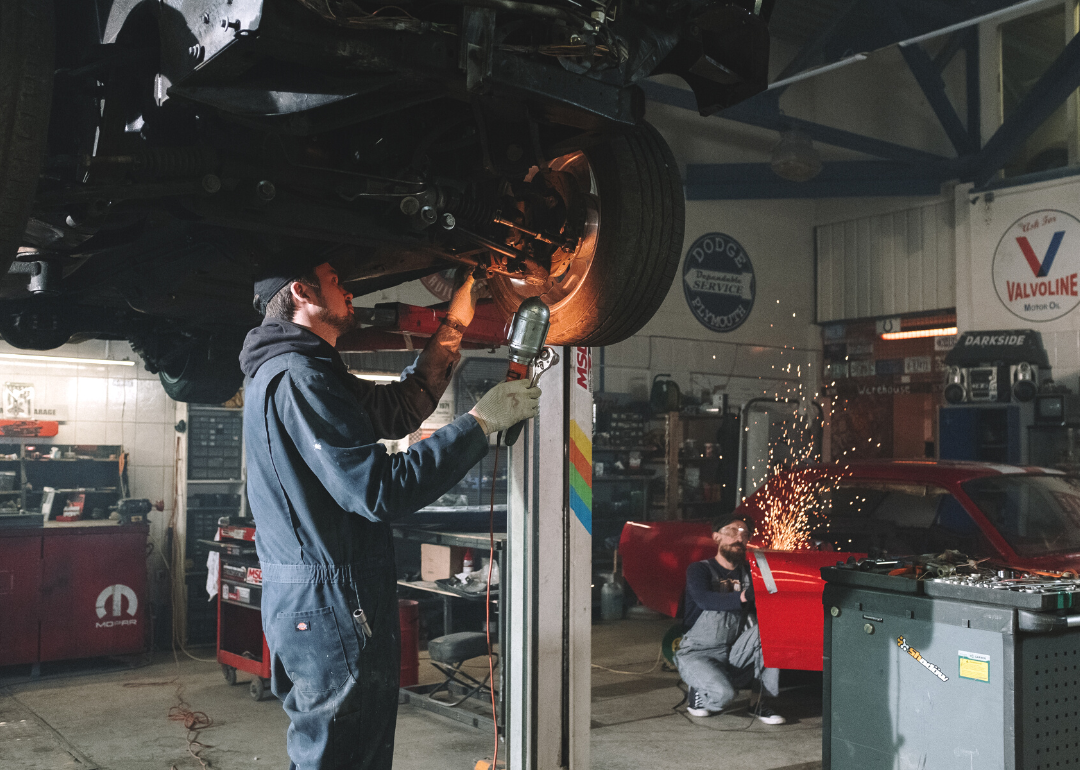
Automotive technicians are in short supply, making repairs more costly
If your car is damaged in a collision or a crash, you will need an automotive technician to diagnose and fix what's wrong. But those workers are in short supply, so their prices are going up. The shortage was a problem even before the pandemic: Low pay, an uncertain career path and trends for younger people to avoid trade jobs left dealers and auto repair shops struggling to find workers.
Tech Force Foundation, a nonprofit focused on the workforce development of professional technicians, reported that some 797,530 technicians will be needed in the automotive, diesel, and collision fields through 2025. Some observers are hopeful that as the country transitions to electric vehicles, the chance to be at the forefront of new technology will draw more workers to the field.
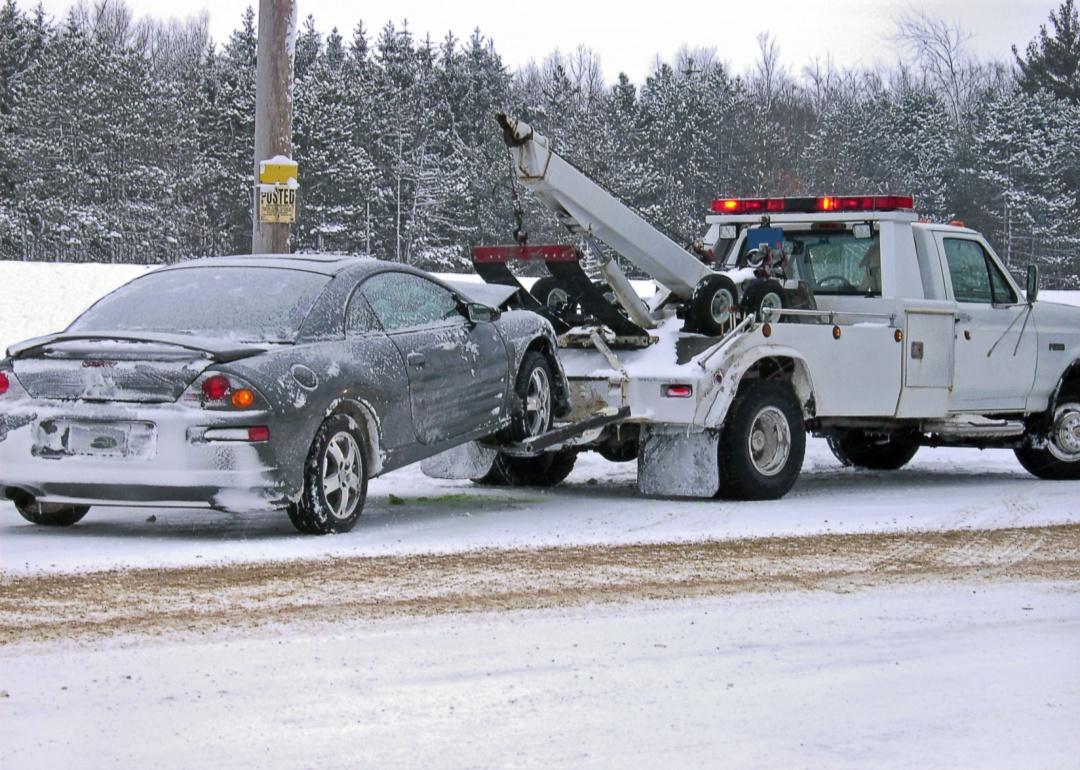
Replacing a totaled car is more expensive as the price of vehicles rose during the pandemic
A tight market and high demand sent prices soaring for both new and used cars. According to Kelley Blue Book, a compiler of car prices, the average price for a new car was $48,043 in July 2022, up 22.9% from July 2021. Consumer Reports recommends considering a new car over a used one if you're looking for a model from the last three years (or less) because the costs might be similar.
Even after pandemic-related bottlenecks in the supply chain eased and dealers could restock their inventories, new cars have remained out of reach for some Americans. Rising interest rates—a result of the Federal Reserve's inflation-fighting efforts—mean car loans are too pricey for some would-be buyers.
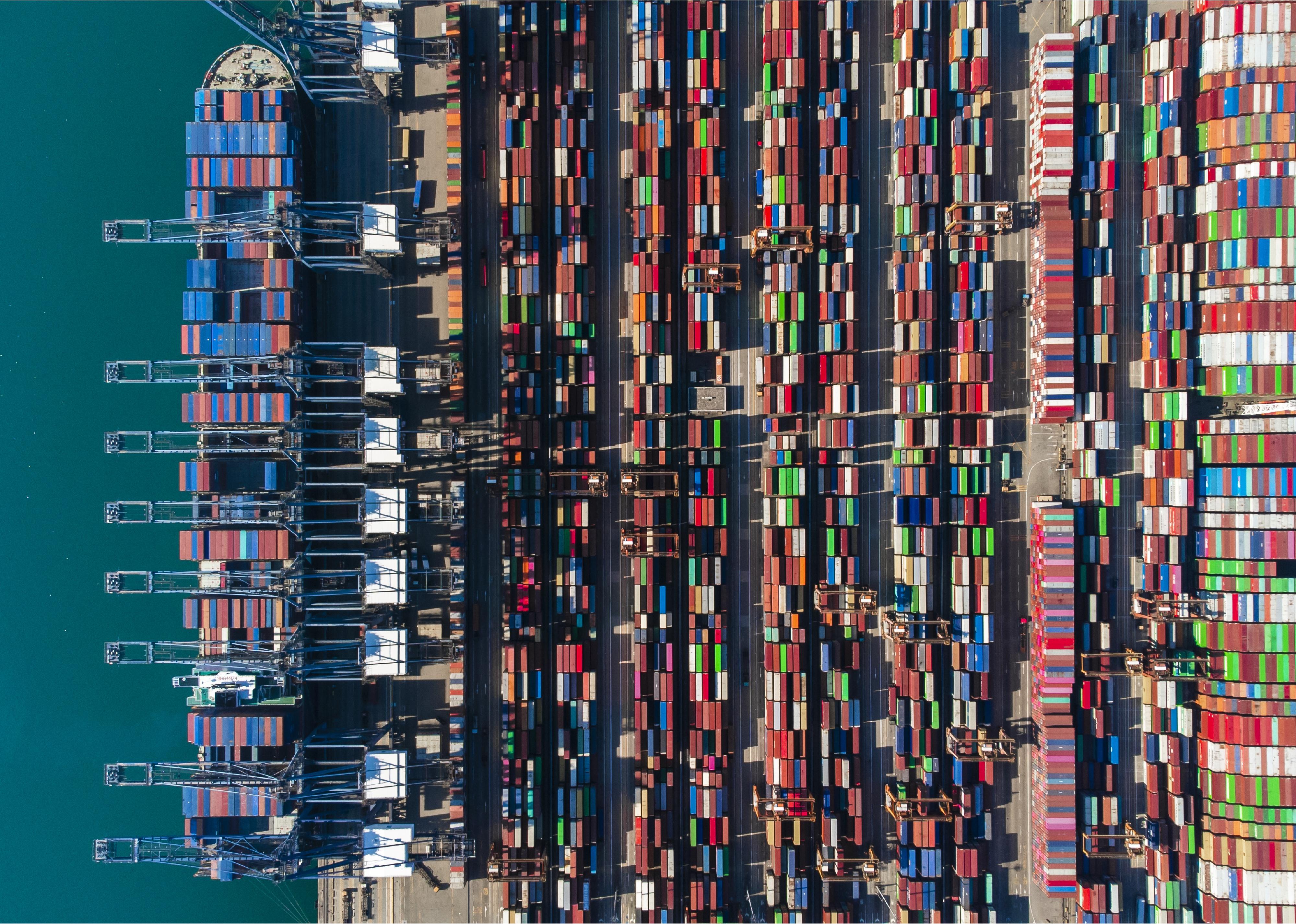
From semiconductors to windshield wipers, supply chain disruptions contributed to more expensive repairs
The price of car parts, whether tires or wiper blades, has risen about 20% compared to 2021, and more parts were on backorder because of supply chain bottlenecks. A lack of available new cars over the last two years means that the average age of vehicles on the road is about 12 years, older than typical.
As a result, dealerships and automobile repair shops are getting more service requests than ever. Those older vehicles often need more extensive—and more expensive—repairs, such as transmission replacements. Car owners are waiting longer than usual for repairs, too. And they might not have been offered a loaner car in the meantime because dealers are short of vehicles to sell, much less lend out.
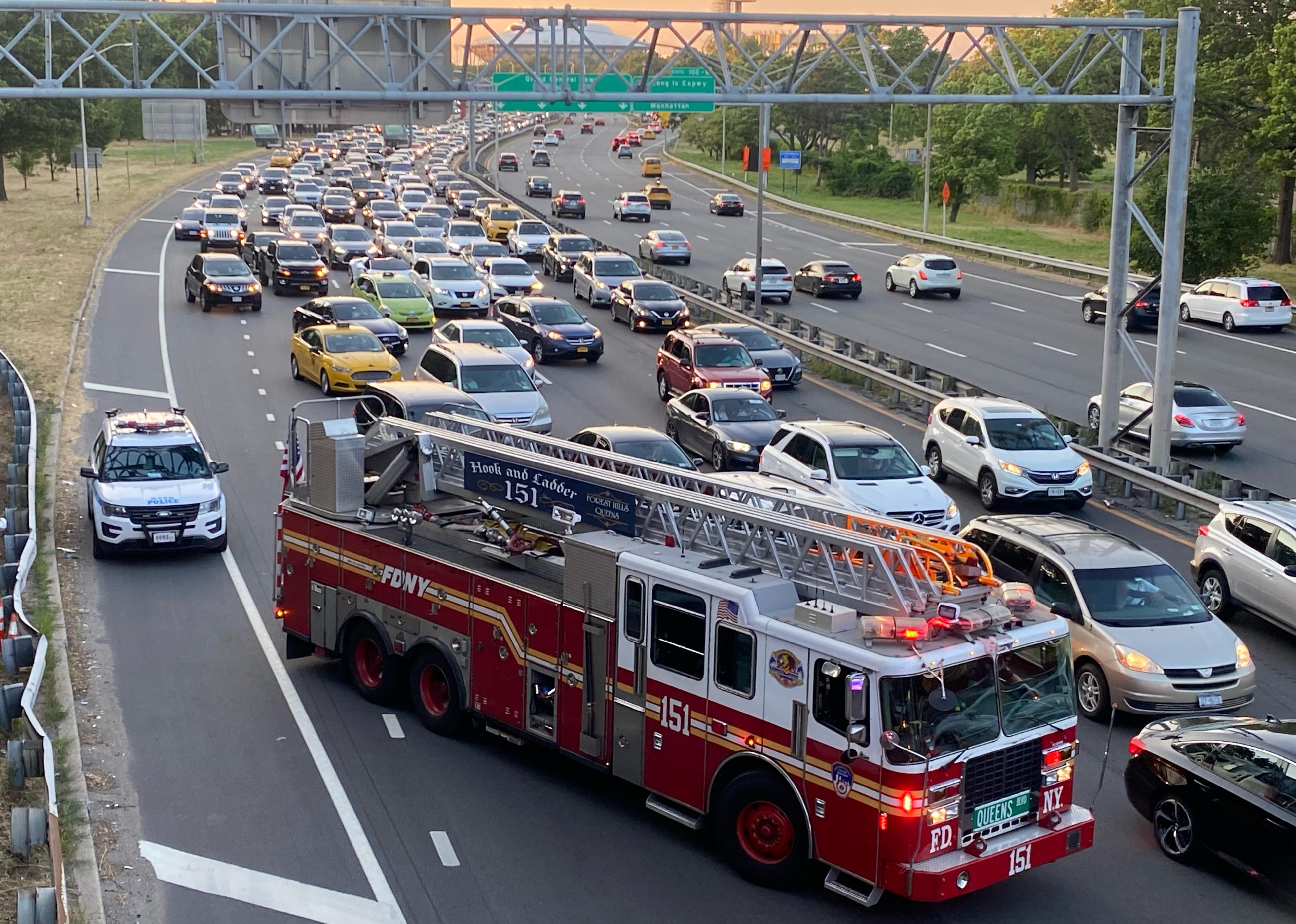
Car accidents are happening more frequently
The National Highway Transportation Safety Administration estimated 42,915 people died in motor vehicle accidents in 2021. That's a 10.5% increase over 2020, the highest fatalities since 2005, and the most significant annual percentage increase in the agency's Fatality Analysis Reporting System history.
Notable increases included deaths from multi-vehicle crashes and accidents on urban roads, which are up 16%; deaths of those 65 years or older, up 14%; pedestrian deaths, up 13%; and deaths in crashes involving at least one large truck, up 13%, according to the National Highway Transportation Safety Administration.
The number of miles drivers in the U.S. traveled in 2021 rose by about 325 billion miles, or about 11.2%, compared with 2020. But despite the increase, the fatality rate per miles driven remained about the same as 2020—1.33 fatalities per 100 million vehicle miles traveled in 2021 compared to 1.34 deaths in 2020. The Bipartisan Infrastructure Law signed by President Joe Biden includes up to $6 billion over five years for various efforts to reduce crashes and fatalities.
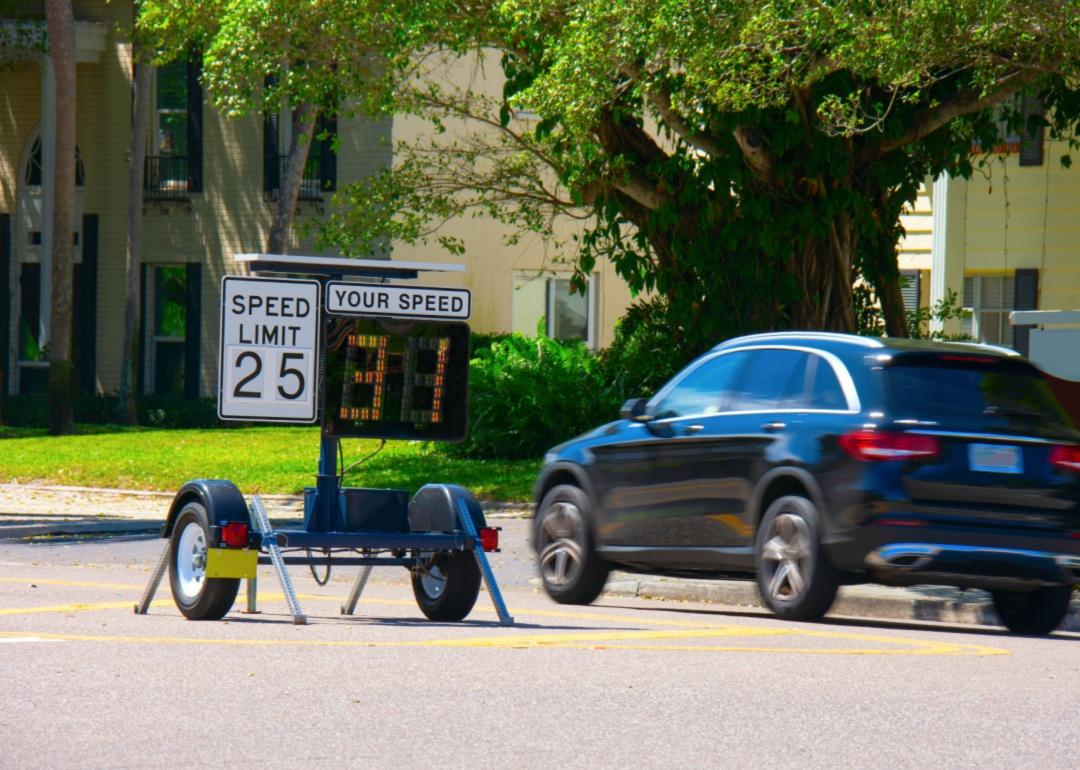
For many, auto insurance costs didn't increase between 2020 and 2022
Many Americans got rebates from auto insurance companies during the height of the pandemic because they drove less. Even with those refunds, estimated to total $16.4 billion, insurers' profits increased as the number of claims fell. But as the pandemic wore on, auto insurance prices again headed up.
One change in driving habits was that drivers seem to be speeding more often since the pandemic began, increasing the chance of crashes and making them potentially more severe. States such as Maryland and Virginia are looking at ways to reduce speeding that other states could consider duplicating.



